Céad míle fáilte, a hundred thousand welcomes to H A G! I’m Ali Isaac, and this email comes to you from the intersection of female senescence and Irish landscape, both mythical and natural. My book, Imperfect Bodies, will be published by Héloïse Press in the spring of 2026.
The Hill of Faughart is a site of ancient ruins, epic battles, long-buried kings, of saints and stories and legends. It is also place of great beauty. It is somewhere I have wanted to visit for a very long time but never did, even though it lies only an hour’s drive from where I live.
It is also said to be the birthplace of Brigid.
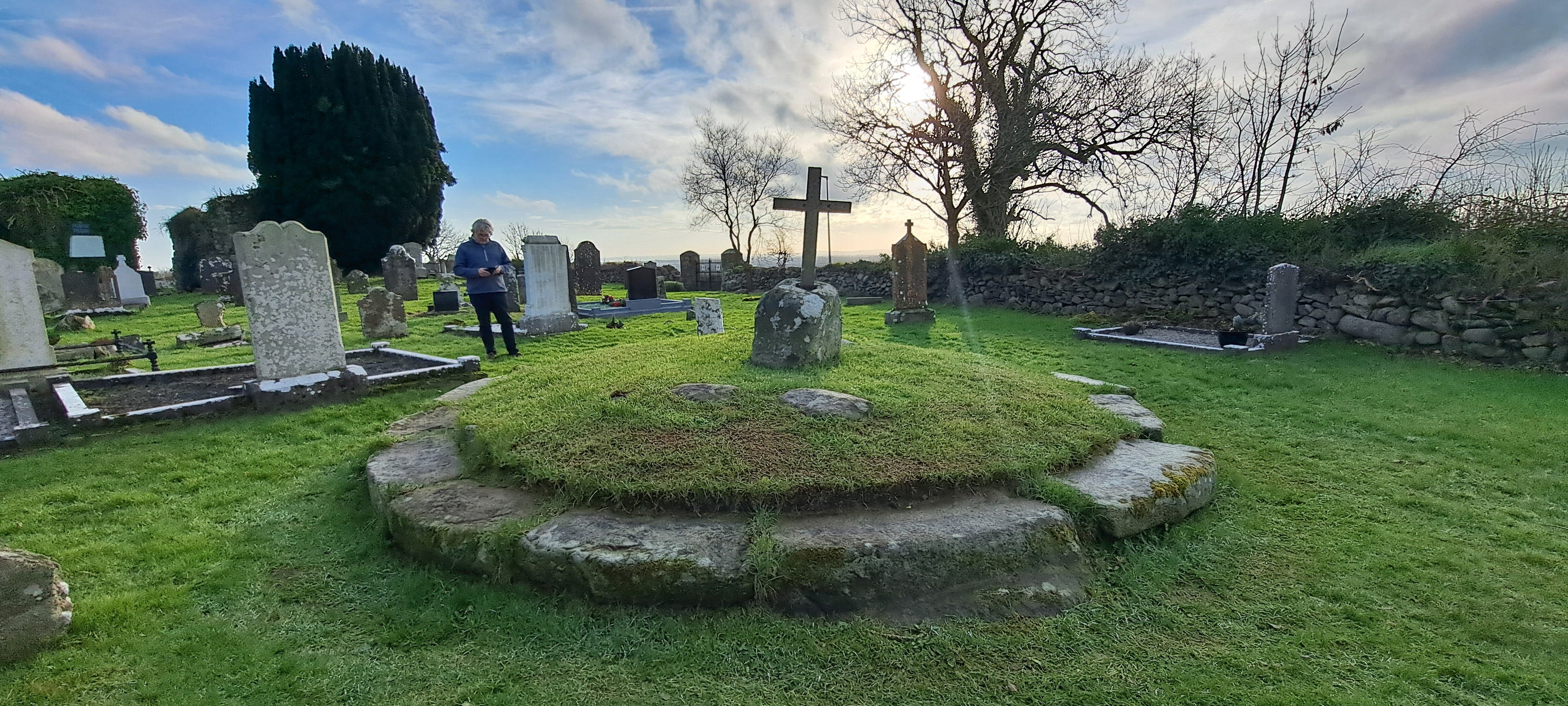
A week or so ago, my husband and I went on a whistlestop daytrip following the trail of the Táin bo Cuailnge. We made two detours: firstly to Foughart, and secondly to St. Mary’s Church at Templetown, a site associated with the Knights Templar. More about that in the weeks to come.
Now, before I go any further, let me just say there has been an explosion of writing about Brigid recently, even here on Substack, and it is a joy to see how her spirit, her fiery arrow of Imbas is hitting its mark, burning into the collective consciousness, taking hold and driving momentum. I haven’t yet caught up with all your words, but surely will.
Anyway, I’m not adding to this mighty body of work today, although I do want to wish you the blessings of Imbolc. Today, I’m just going to share with you my recent pilgrimage to Foughart, a beautiful and sacred site that feels mystical rather than overtly Christian, if I may say so.
However, if you are interested in my thoughts on Brigid, you can find them in my previous essays about her on H A G, which I link to here:
February | Assimilating Brigid
Saint Brigid’s existence as devout performer of domestic miracles hinges on servitude, not just of God, but also of humankind. This gendered stereotype is completely at odds with the stories of the goddess so beloved of the people. Yes, Brigid the Goddess was a healer and a devoted mother, but as the conduit between Danann and Fomori, she wielded great political power. She was also a blacksmith and a poet; to the monks these were male callings that did not confrom to their idealised version of a Christian woman. So began the evolution of Brigid.
February | Finding Brigid
I have searched for Brigid in many places over the years; the holy wells that bear her name, and the churches; Moytura, where her people fought their first battle when they arrived here, and where she lost her son; the Red Hills, where her people first settled, and closer to home, Bailieborough, which is perhaps the most surprising of all.
In 1855, an extraordinary artefact was unearthed in a small quarry on Corleck Hill near Bailieborough in Co Cavan. This unusual early Iron-Age stone head was 32cms high, made from sandstone, and had three faces, each one almost identical with a narrow mouth, bossed eyes, and a rather enigmatic expression.
A lovely film giving you an overview of the whole of the Hill of Foughart, including the modern shrine of Brigid at the bottom of the hill, and also the Anglo-Norman motte at the top of the hill.
© Mully Movies on Youtube.
A beautiful haunting song, Hymn to Brigid, which has a slight early Medieval vibe to it that’s perfect company for this post. Sung by Eldin on Youtube.
Faughart, (pronounced something like Faw-hurt) is in County Louth, not far from the town of Dundalk. It consists of a typically circular early medieval ecclesiastical enclosure containing a church and graveyard. There is also a holy well and various other structures associated with Brigid, who was said to have been born here in 451 AD. In fact, a sign on the wall of the little ruined church claims that the very flagstone upon which she was born is still located at the site.
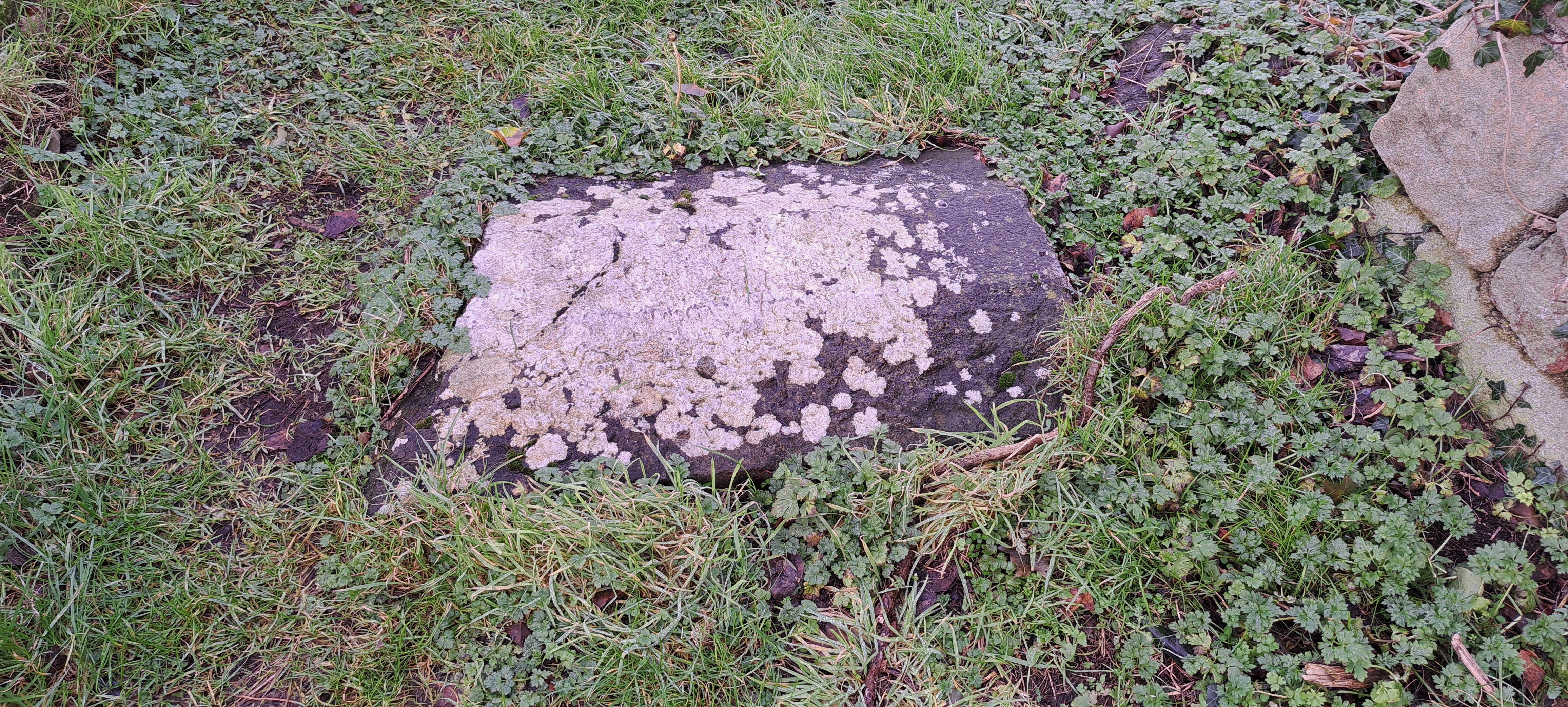
“on the morrow, at sunrise, when the bondmaid was going with a vessel of milk in her hand, and when she put one foot over the threshold of the house inside and the other foot outside, then did she bring forth the girl, to wit, Saint Brigit… On a Wednesday and on the eighth of the lunar month was Brigit born in Fothart Murthemni. Still, to the south-east of the church is the flagstone where Brigit was born.” 1
The view from Foughart graveyard looking out over the beautiful plains of Muirthemne - Cúchulainn country!
Looking out over that view is Brigid’s holy well. A stone staircase leads down to the water, which is covered with a corbelled stone canopy that dates to between 1900 and 1924. It’s dark, and on the day we visited, the water was still and murky and full of autumn leaves. To the left as you descend the steps is a rag tree, something you either love or hate. Personally, I’m not a fan, they are damaging to the trees and it’s basically littering the environment. Sorry, if you think I’m a spoilsport, but these days I think we have to be when it comes to protecting nature. Also, I’m not sure, but does that tree look like a cherry laurel to you? Because if it is, its an invasive species and shouldn’t even be here.
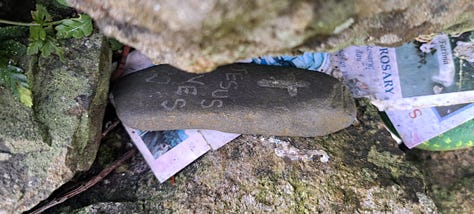
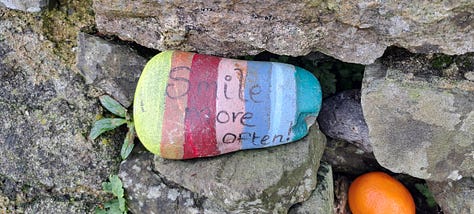
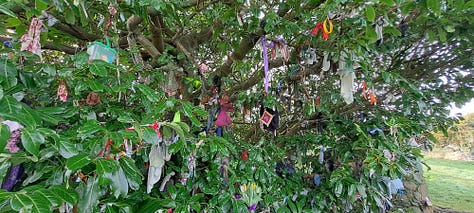
Another holy well dedicated to St. Brigid at Liscannor, County Clare. This poem is by Doirrean ní Ghriofa (who plays a cameo in the film), and performed brilliantly by Irish-Nigerian artist and activist, Osaro Azams.
This strange, circular feature in the cemetary, known as Brigid’s Bed, has a circular raised edge with a depression in the centre and its entrance is flanked by two large stones. It once contained a large black slab in the centre, while the inside of its perimeter was also lined with stones. 2 It has been described as possibly a cairn, but it would be unusually very small, if so. More likely, it was once a small shrine where Brigid’s relics were kept.
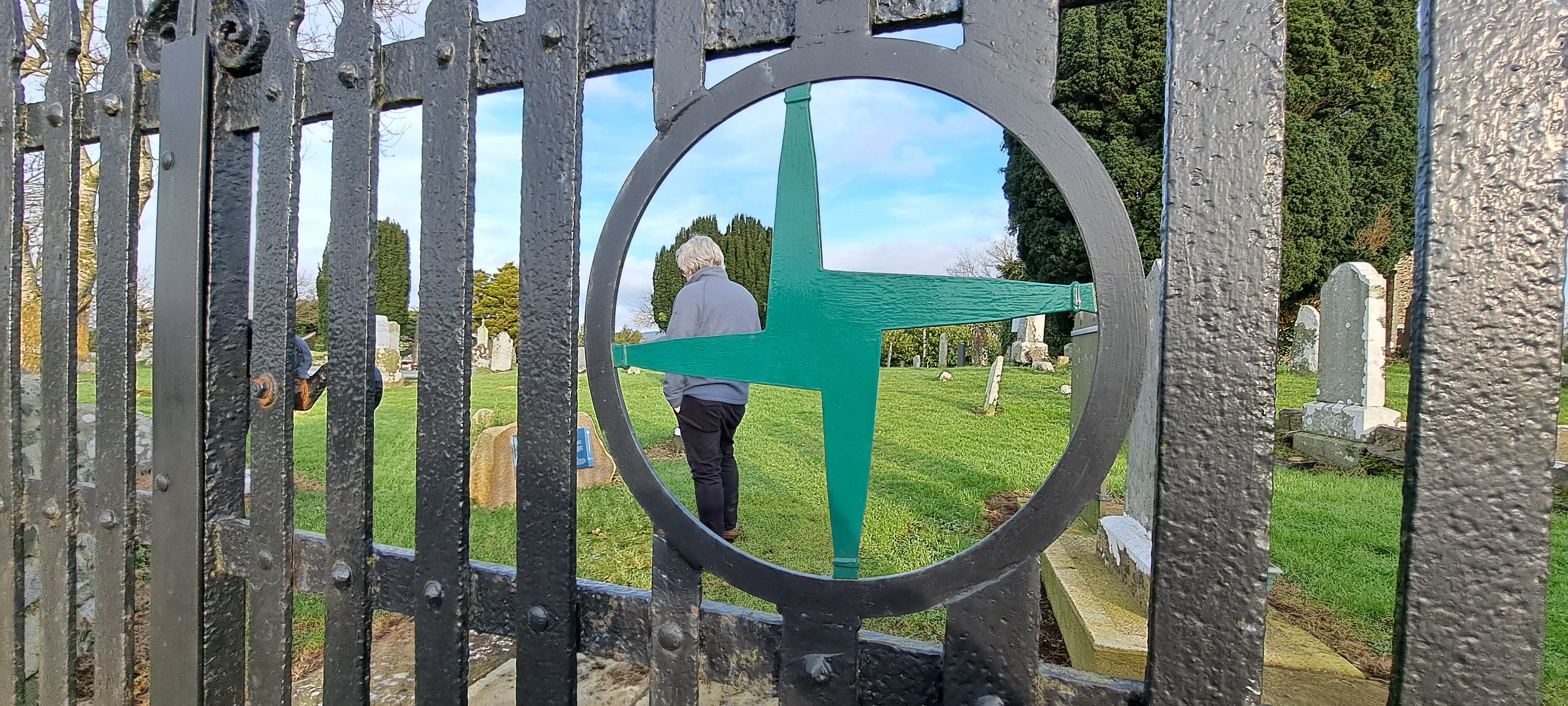
Unrelated to Brigid, but an interesting aside nevertheless, in this cemetary lies the grave and stone slab of Edward the Bruce, the lesser known brother of Robert the Bruce, king of Scotland. He was invited over here by a group of Irish nobles who wanted ais with fighting the English. In return, they were willing to accept him as High King of Ireland. He fought a campaign in Ireland that lasted three years, culminating in the Battle of Foughart on the 14th October 1318 AD, in which he was killed and interred in the cemetary at the site where he fell.
The ancient circular site is bisected by a modern country lane, the portion of the cemetary lying beyond it farmed out of existence. Further up the lane is the Anglo-Norman motte and bailey, wild and unkempt and never archaeologically explored. The hill falls away in another stunning vista that overlooks Dundalk Bay.
At the bottom of the hill is the more modern shrine to Brigid. Its a beautiful peaceful little site, filled with tall trees and a small stream trickling through it. It is punctuated by some very ancient stones which are though to contain potent healing powers, including the Head Stone, the Knee Stone, the Waist Stone and the Back Stone. This shrine dates to the mid 1930s and is popular with tourists and pilgrims.
And in answer to the question posed in the title, after visiting Faughart it has become clear to me that this place is very much associated with the birth of a saint, not a goddess. Brigid came to Ireland with her clan, the Tuatha de Danann. She was a daughter of the Dagda, was married to Bres, and had an adult son, Ruadán, who took part in the second Battle of Moytura.3 There is nothing in the written record of goddess Brigid being born in Ireland (at least that I know of, but am open to, if you can direct me to it).
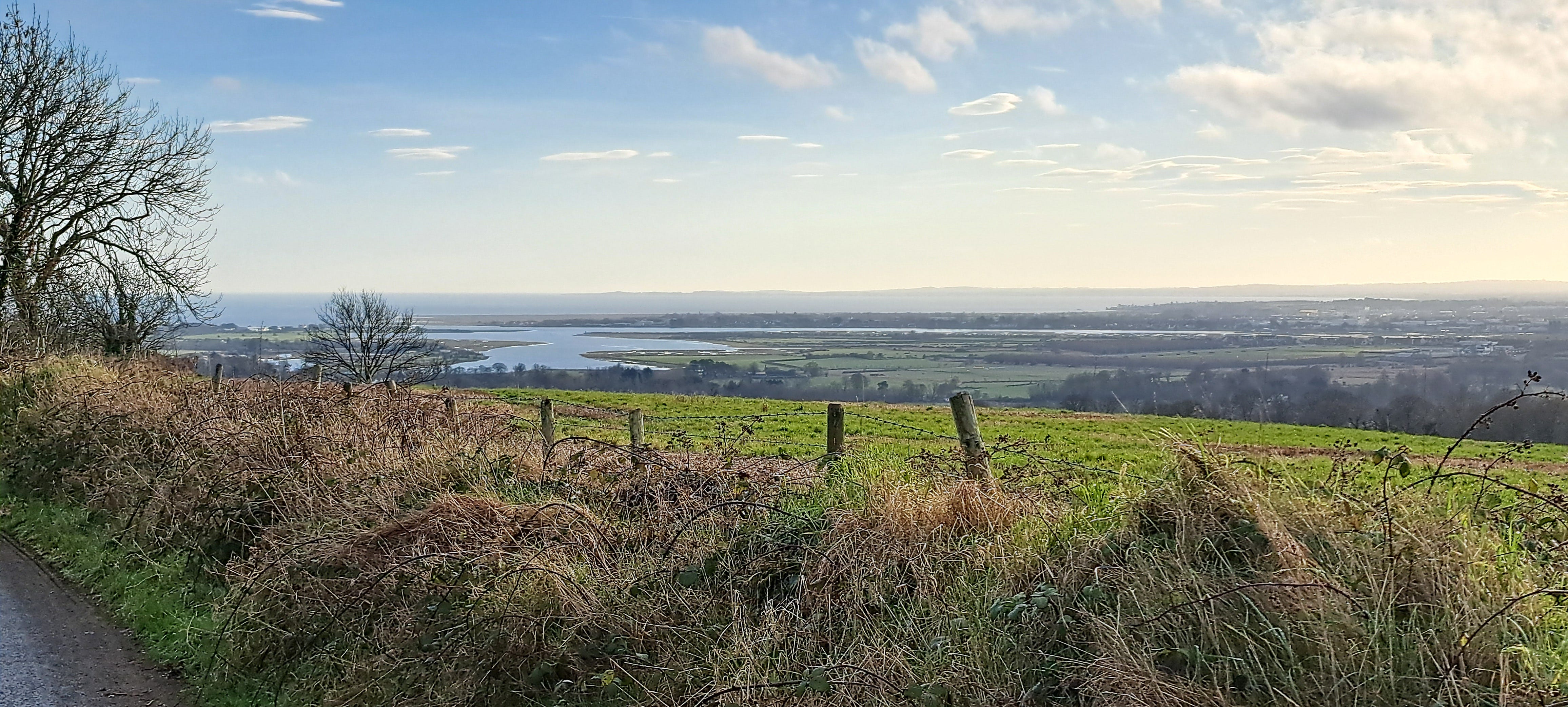
I want to wish you all the blessings of Imbolc as the Cailleach transfers her mantle to Brigid. As we welcome Brigid, let’s also give thanks to the Cailleach for her guardianship and winter wisdom that she has awakened in us, for her stewardship of the land and wild life in the cold dark half of the year. The balance of power has been passed on. There may be some turbulence as the Old One settles into her long sleep (Storm Éowyn may have been a reminder of her power, and that of nature, a nod to the future if we don’t get our act together). As she does so, open yourself and let go of all your worries, let them drain away to the place beyond dreams. Now is the season of new beginnings, of manifestation of all you have dreamed during the long dark, the long cold. Now is the time for action.
I hope you have enjoyed this exploration of the Hill of Foughart with me. As you can see, it is a very liminal landscape, exisiting very much both in the past through its history and mythology, and the present… just like Brigid herself, born on the doorstep, neither of the inside or the outside but both, of church and of home, of Christianity and pagan, saint and goddess, of slave and royalty… she is all things to us all. Thanks for being here. Much grá,
Finally, listen to this stunning rendition of Gabhaim Molta Brighde - I Give Praise to Brigid by Aoife Ní Fhearraigh… it’ll send shivers up your spine!





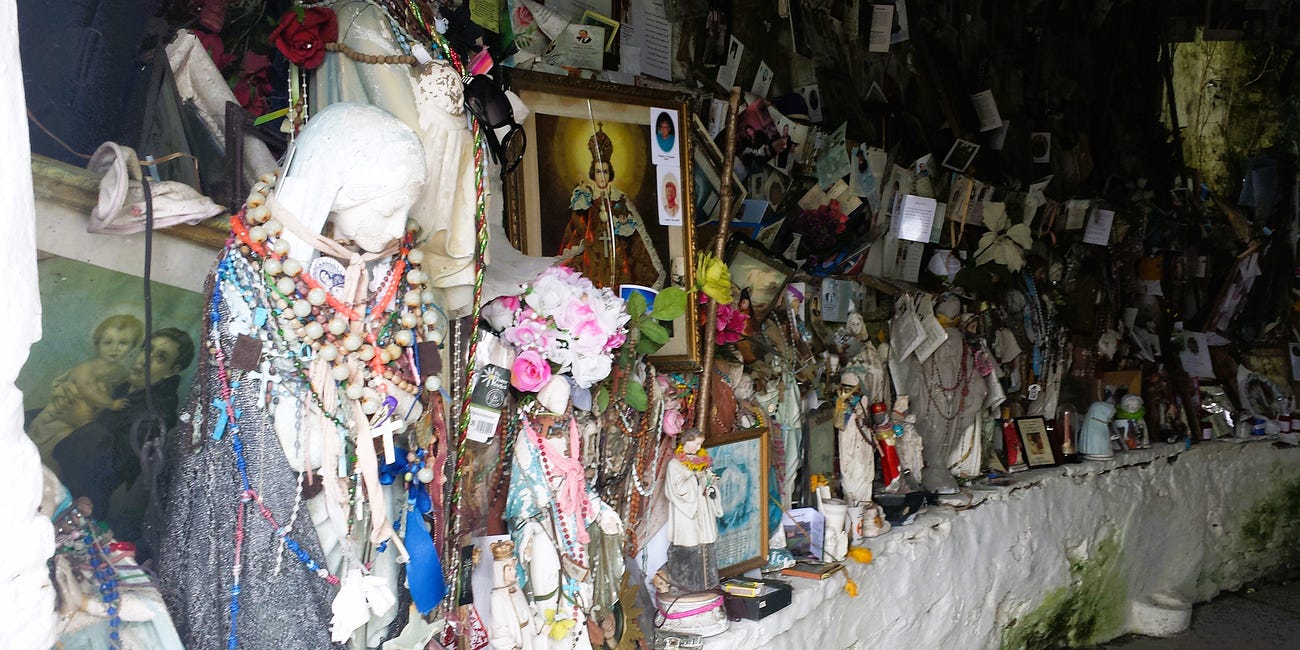

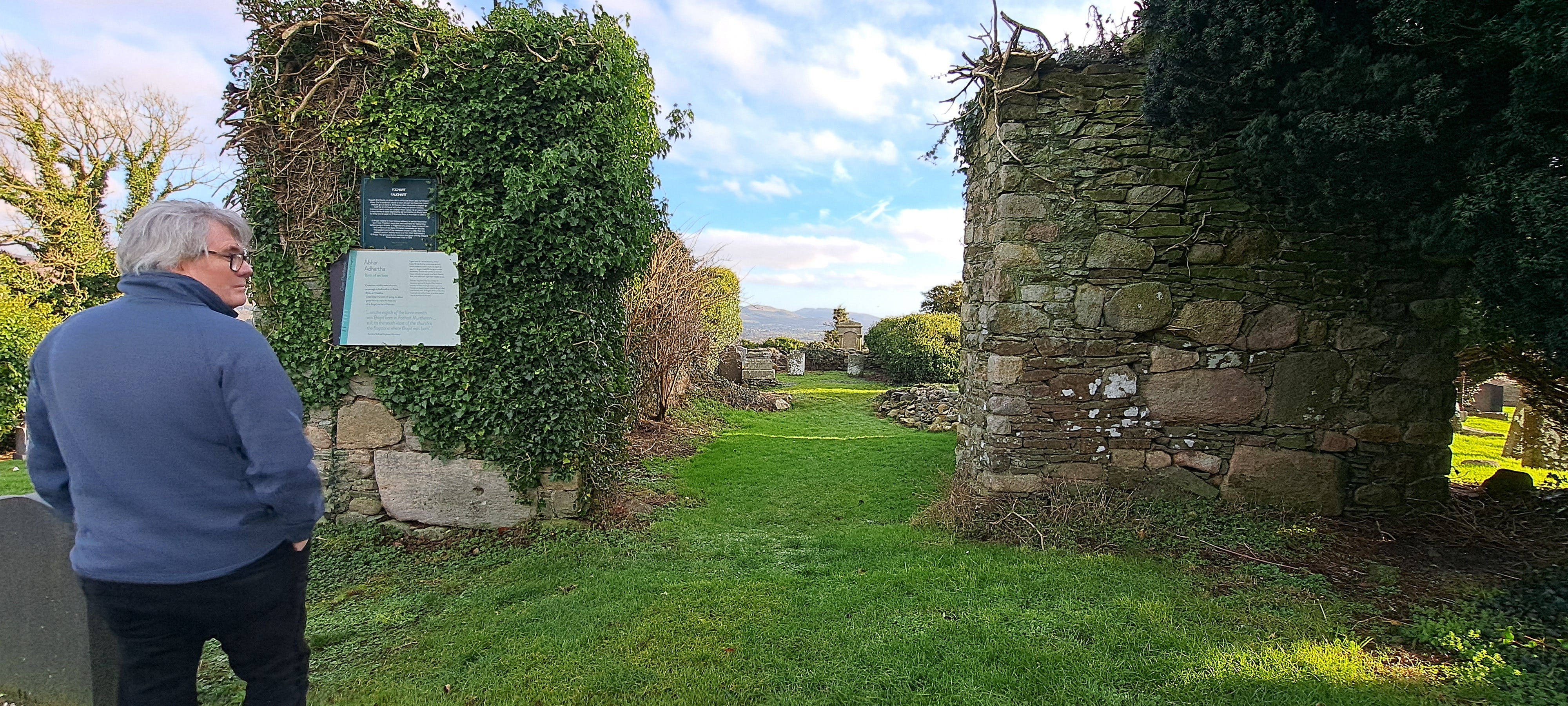


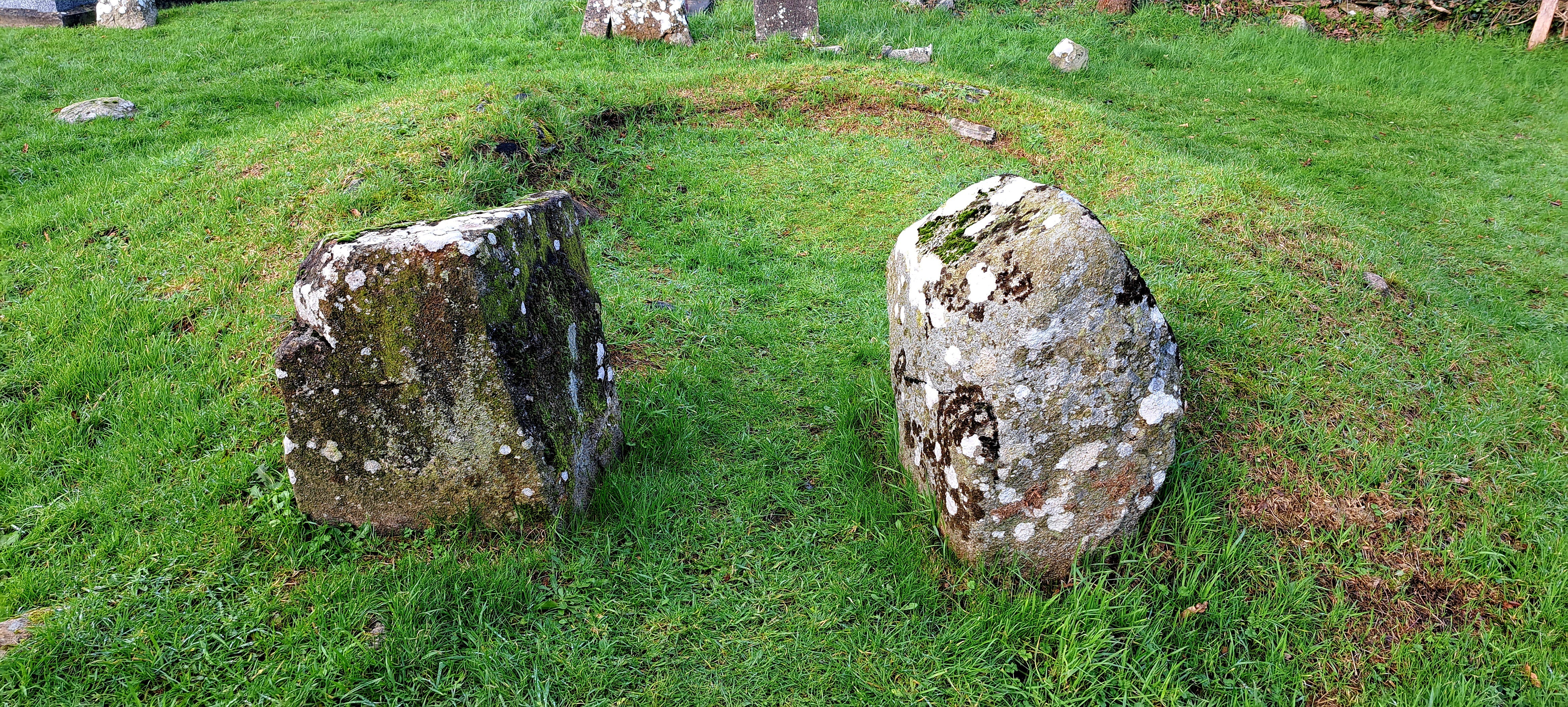
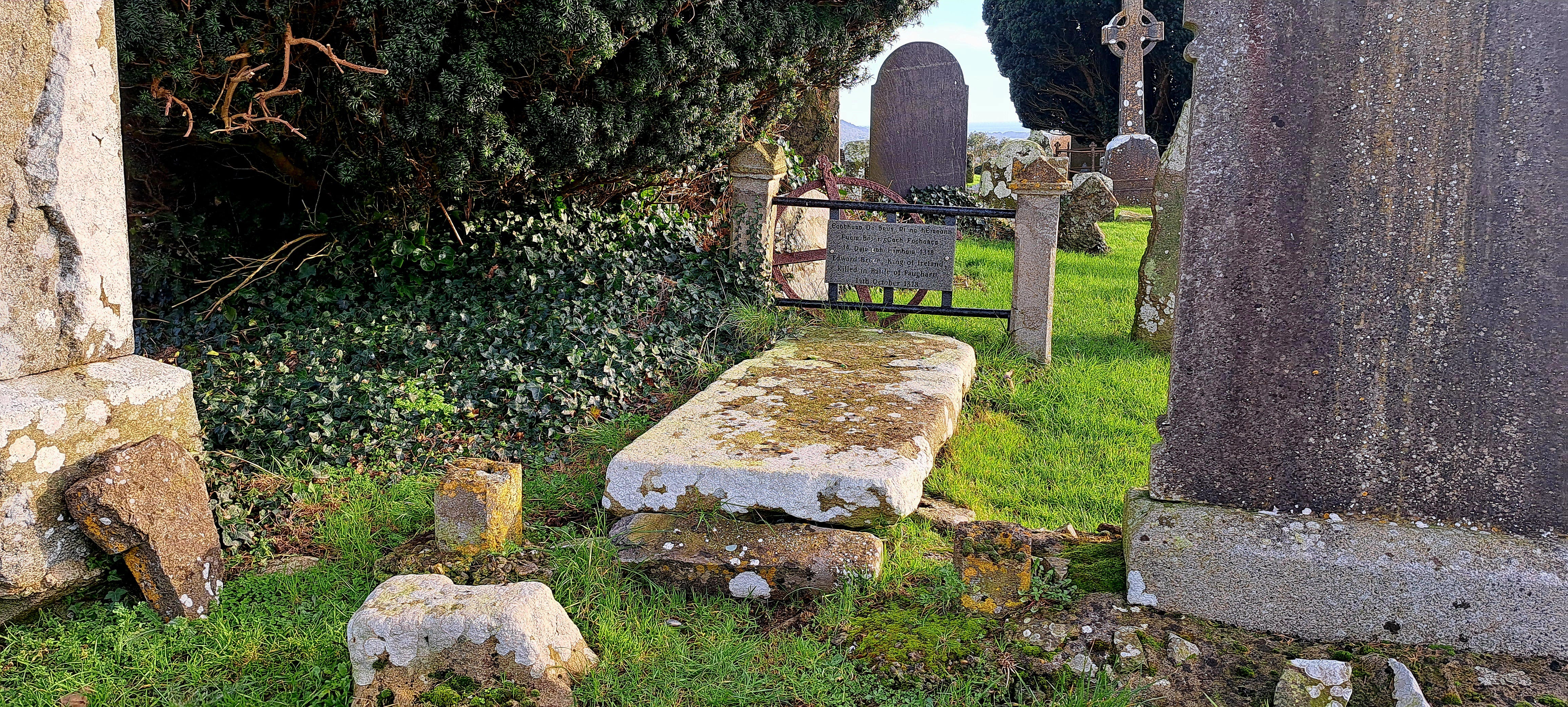


I think people just like anything that is evergreen, falling leaves are just too messy. Cherry laurel has big shiny fluttery green leaves, I can see why people like it for their hedges, but I'd much rather have hawthorn with ivy and honeysuckle growing through it.
Hi there, Ali, I read your history of Brigid. Fascinating. Thank you!
I'm from Cavan originally but living in Dublin. Must check out this hike you documented in real life!
I've been educated on where the pagan Brigid met Christianity which is what I was so curious about. The pagan telling is quite the extraordinary tale. I wrote below short poem for Imbolc. Good to connect.
https://open.substack.com/pub/theseainme/p/now-im-higher-than-anyone-here